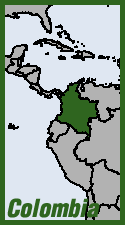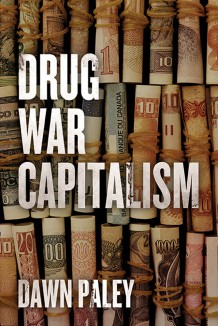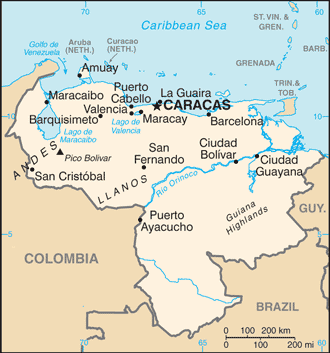 After 50 years of internal war, Colombia finally seems to be approaching a peace accord with leftist guerillas. But the US Senate is considering legislation that could throw a big obstacle on Colombia's path to peace. The Transnational Drug Trafficking Act, sponsored by Chuck Grassley (R-IA) and Dianne Feinstein (D-CA), aims to target every link in the chain of narco-trafficking—right down the impoverished peasants who grow the coca. The bill has unanimously passed the Senate twice before, but has never cleared the House. On Oct. 7, it passed the Senate a third time, and a big push is on to make it law of the land. "Since drug cartels are continually evolving, this legislation ensures that our criminal laws keep pace," said Grassley, who chairs the Senate Judiciary Committee and the Caucus on International Narcotics Control.
After 50 years of internal war, Colombia finally seems to be approaching a peace accord with leftist guerillas. But the US Senate is considering legislation that could throw a big obstacle on Colombia's path to peace. The Transnational Drug Trafficking Act, sponsored by Chuck Grassley (R-IA) and Dianne Feinstein (D-CA), aims to target every link in the chain of narco-trafficking—right down the impoverished peasants who grow the coca. The bill has unanimously passed the Senate twice before, but has never cleared the House. On Oct. 7, it passed the Senate a third time, and a big push is on to make it law of the land. "Since drug cartels are continually evolving, this legislation ensures that our criminal laws keep pace," said Grassley, who chairs the Senate Judiciary Committee and the Caucus on International Narcotics Control.

 Dawn Paley is one courageous journalist. Her travels through Mexico, Colombia and Central America have brought her to the frontlines of "drug war" danger and militarization, producing first-hand reportage from communities terrorized by narco-gangs, paramilitaries and "official" security forces alike. In
Dawn Paley is one courageous journalist. Her travels through Mexico, Colombia and Central America have brought her to the frontlines of "drug war" danger and militarization, producing first-hand reportage from communities terrorized by narco-gangs, paramilitaries and "official" security forces alike. In  Venezuelan President
Venezuelan President 





Recent comments
3 weeks 6 days ago
7 weeks 5 days ago
11 weeks 5 days ago
12 weeks 3 days ago
22 weeks 3 days ago
26 weeks 4 days ago
27 weeks 4 days ago
27 weeks 4 days ago
48 weeks 5 days ago
1 year 5 days ago